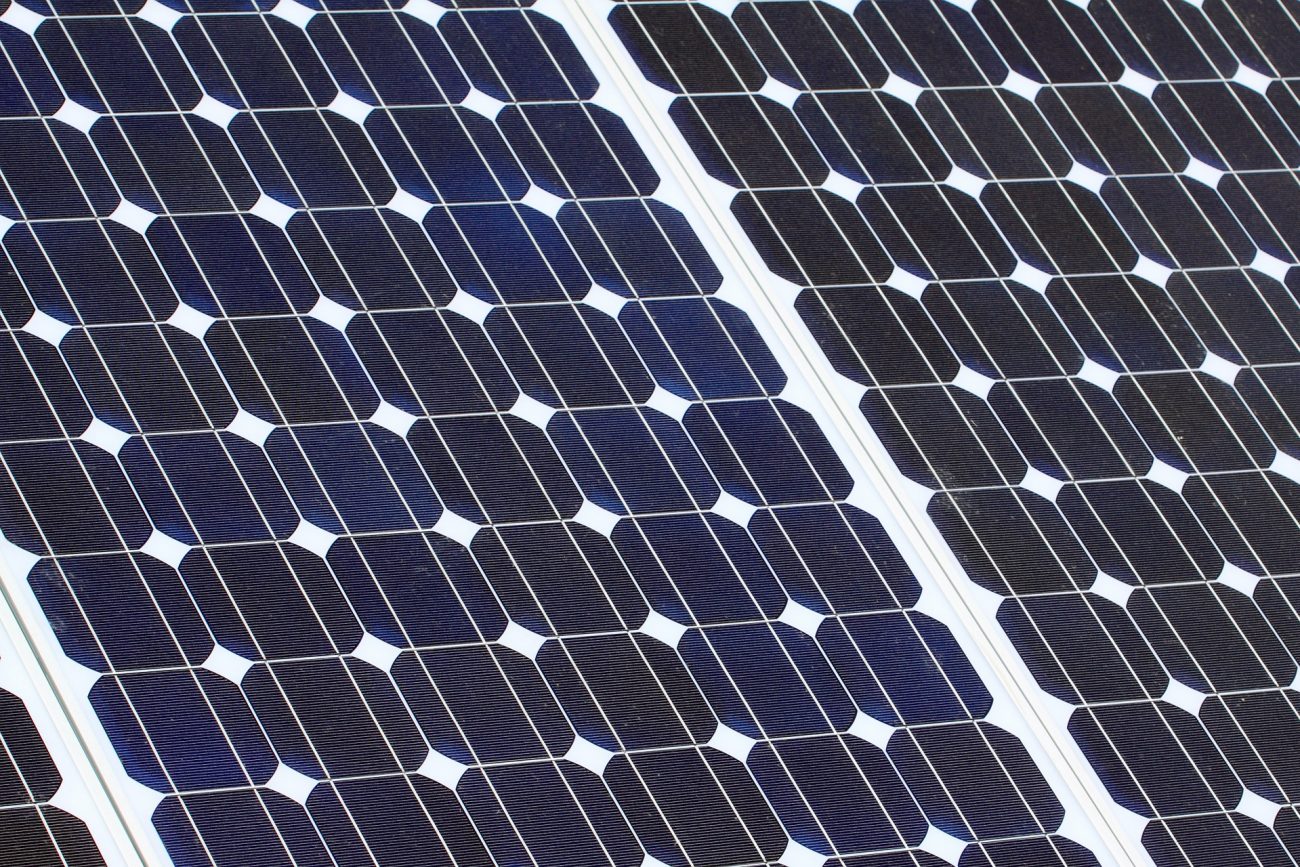How Much Does Solar Power Save Over Time?
A commercial solar power system may seem expensive, based on upfront costs alone. However, ownership costs are low after the initial investment, and the value of the electricity produced is many times higher. In addition, Australian solar power systems have some of the lowest installed costs around the world.
In this article, we will estimate the total electricity savings of a 100-kW solar power system over a period of 25 years. These savings will be compared with the approximate ownership costs of a 100-kW solar array, which were estimated in a previous article.
Electricity Output of a 100-kW Solar Array During 25 Years
Assuming you have a good site for solar power, each kilowatt of capacity has an electricity output of around 1,500 kWh during the first year of operation. For a 100-kW system, this results in a first-year production of 150,000 kWh. Since solar panels have a sight performance drop over time, this output is reduced each year. However, the top brands normally offer a warranty, which states that you will have at least 80% of the initial production after 25 years.
For instance, a manufacturer may specify a production drop of 2.5% for the first year, and then 0.7% each following year. In this case, the solar panels have 80.7% of their initial output after 25 years:
- In the 100-kW example, the electricity output at the end of year 1 would be 146,250 kWh, assuming a 2.5% drop per year.
- After 25 years, the output will have decreased to 122,100 kWh, assuming a 0.7% drop per year.
If you used a spreadsheet to add the estimated production over 25 years, you would reach a total output of over 3.37 million kWh. A 100-kW solar array has an upfront cost of around $160,000, but the Australian solar incentive program reduces the net cost to around $100,000. This may seem like a high price, but purchasing 3.37 million kWh for a local power company over 25 years is much more expensive.
Cash Savings of a 100-kW Solar Array During 25 Years
Australian businesses normally pay electricity tariffs above 20 cents/kWh, and in many cases the price exceeds 30 cents/kWh. Based on an average price of 25 cents/kWh, the 3.37 million kWh would save over $840,000 in a 25-year period.
However, electricity prices increase over time, and Australia currently has an annual inflation rate of around 1.6%. Applying this inflation rate to the 100-kW example, the savings after 25 years increase to around $1.02 million. Assuming the same inflation rate for a company that currently pays 30 cents/kWh, the cumulative savings after 25 years increase to around $1.22 million.
Alternatively, a company could deploy the 100-kW solar array through a Power Purchase Agreement. If the PPA rate starts at 10 cents/kWh and increases at 1.5% annually, the total payment for the 3.37 million kWh is around $408,000. Considering that electricity savings with the power company are $1.02 million, the net savings are $612,000 – at zero upfront cost! Another advantage of a solar PPA is delegating operation and maintenance to experts, which guarantees that the savings will be achieved.
Comparing Solar Power Savings and Ownership Costs
The 100-kW solar array in this example reaches cumulative savings of over $1.02 million after 25 years. In a previous article, we estimated a total ownership cost of $177,320 for the same system size and time period. Therefore, each dollar invested yields around $5.75 in electricity savings over time.
From a financial standpoint, a solar power system is among the best upgrades available for a residential, commercial or industrial property in Australia. Each dollar spent is recovered multiple times by the owner, while reducing the environmental footprint of a building.
According to conservative estimates from the US NREL, a solar power system produces around 40 g of carbon dioxide equivalent per kWh. Based on this value, 3.37 million kWh would have emissions of around 135 tonnes CO2 eq. However, that same amount of energy from a typical coal power plant would release over 3,370 tonnes of CO2 eq, which is 25 times higher!
Solar power and other renewable energy sources were once regarded as expensive ways to reduce emissions. However, clean energy now makes sense financially and environmentally.
